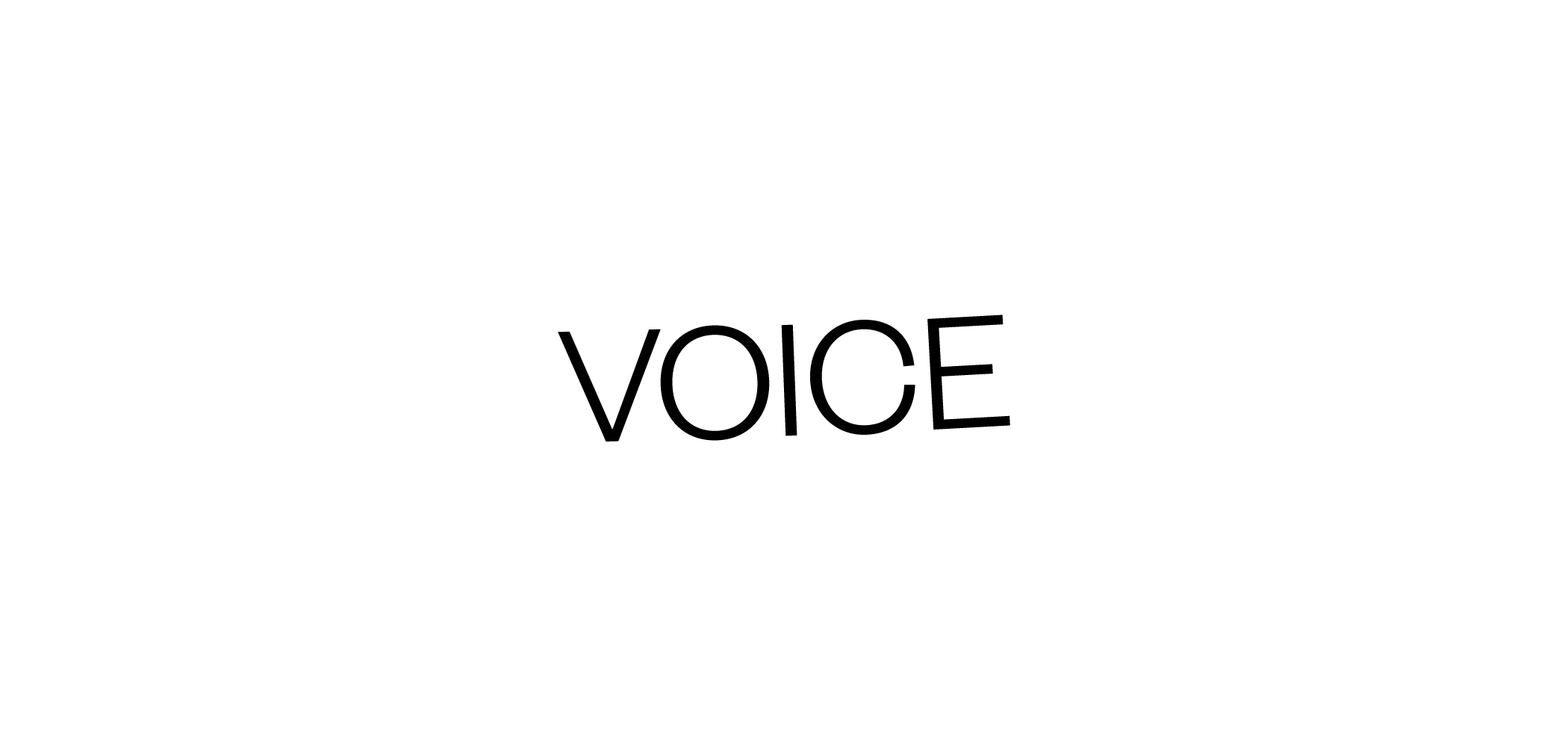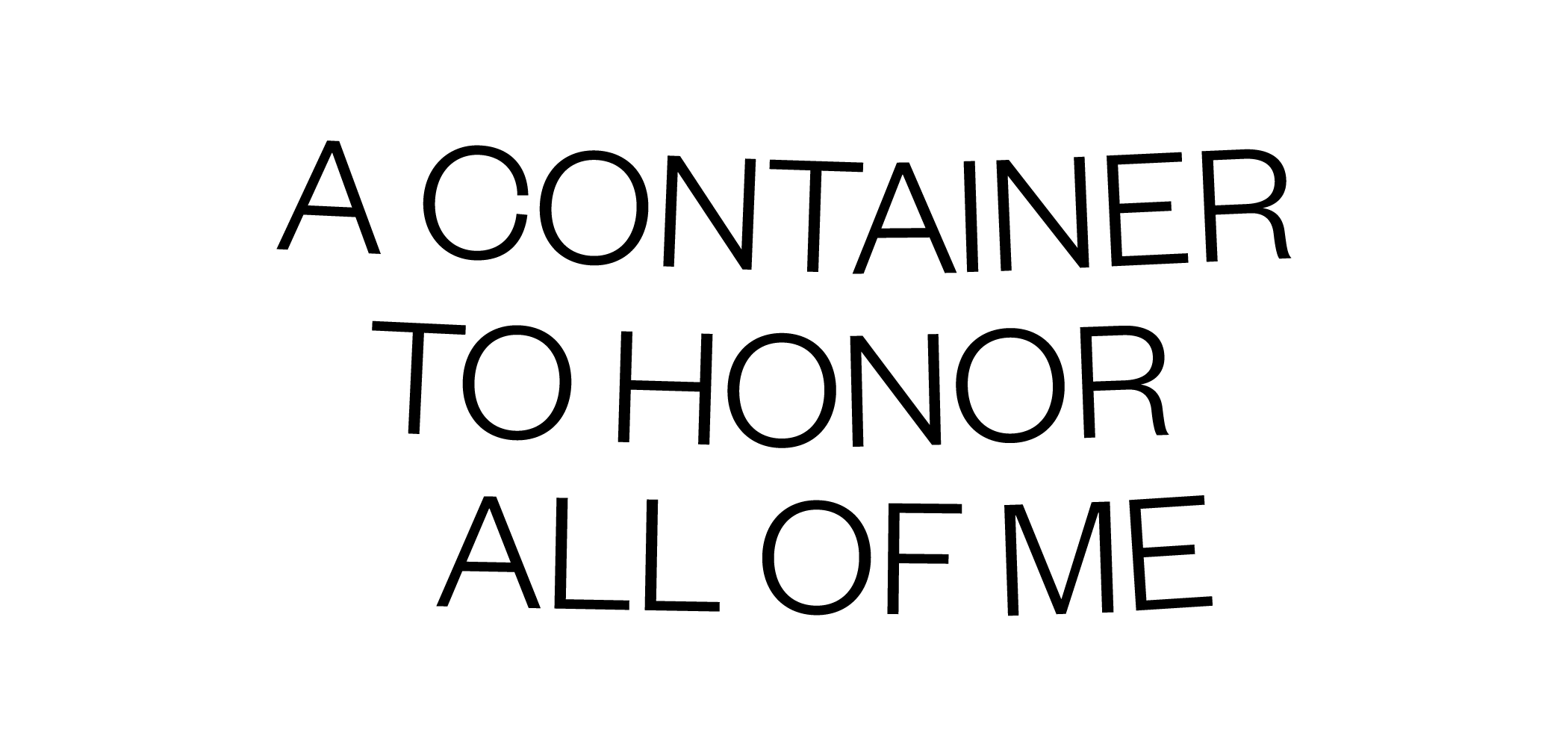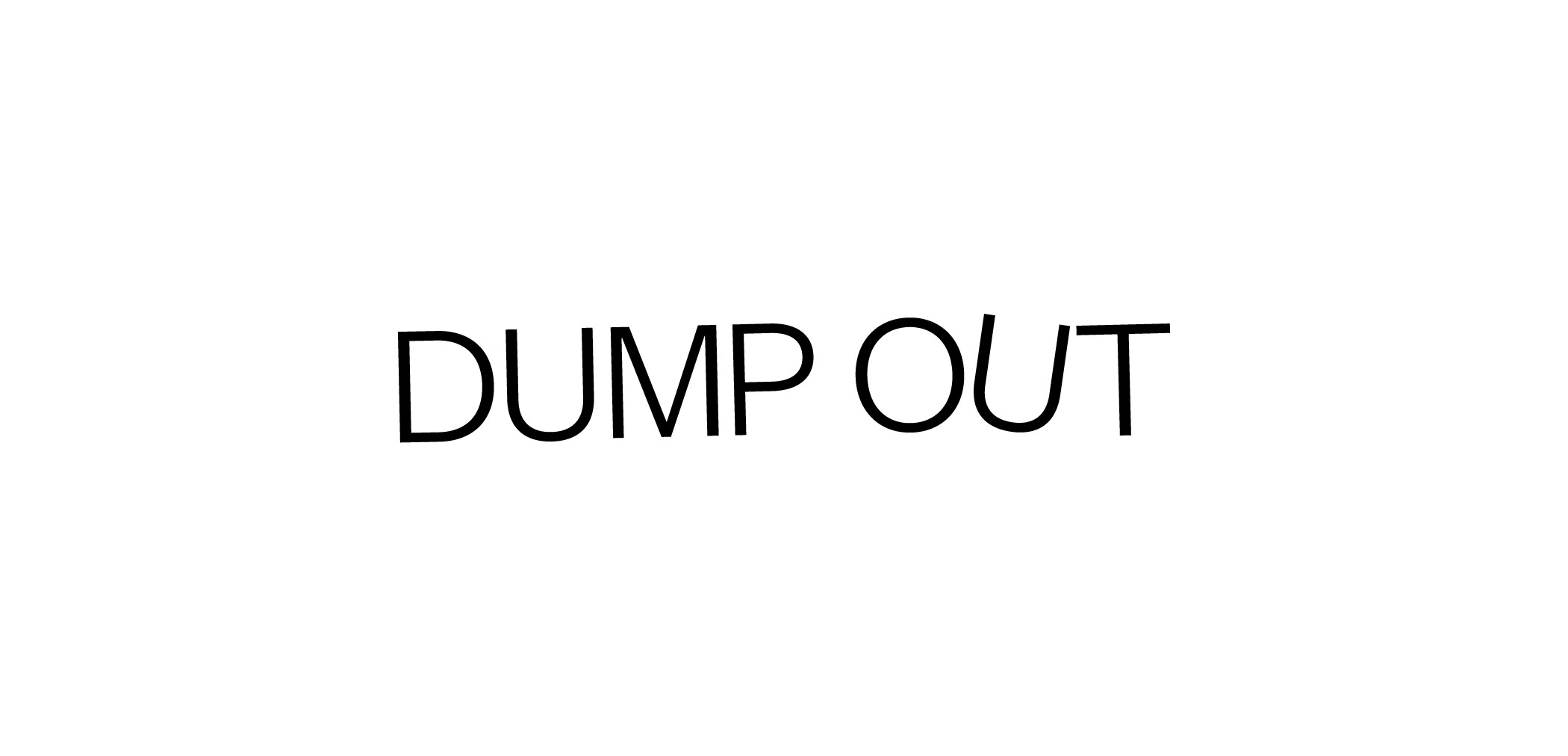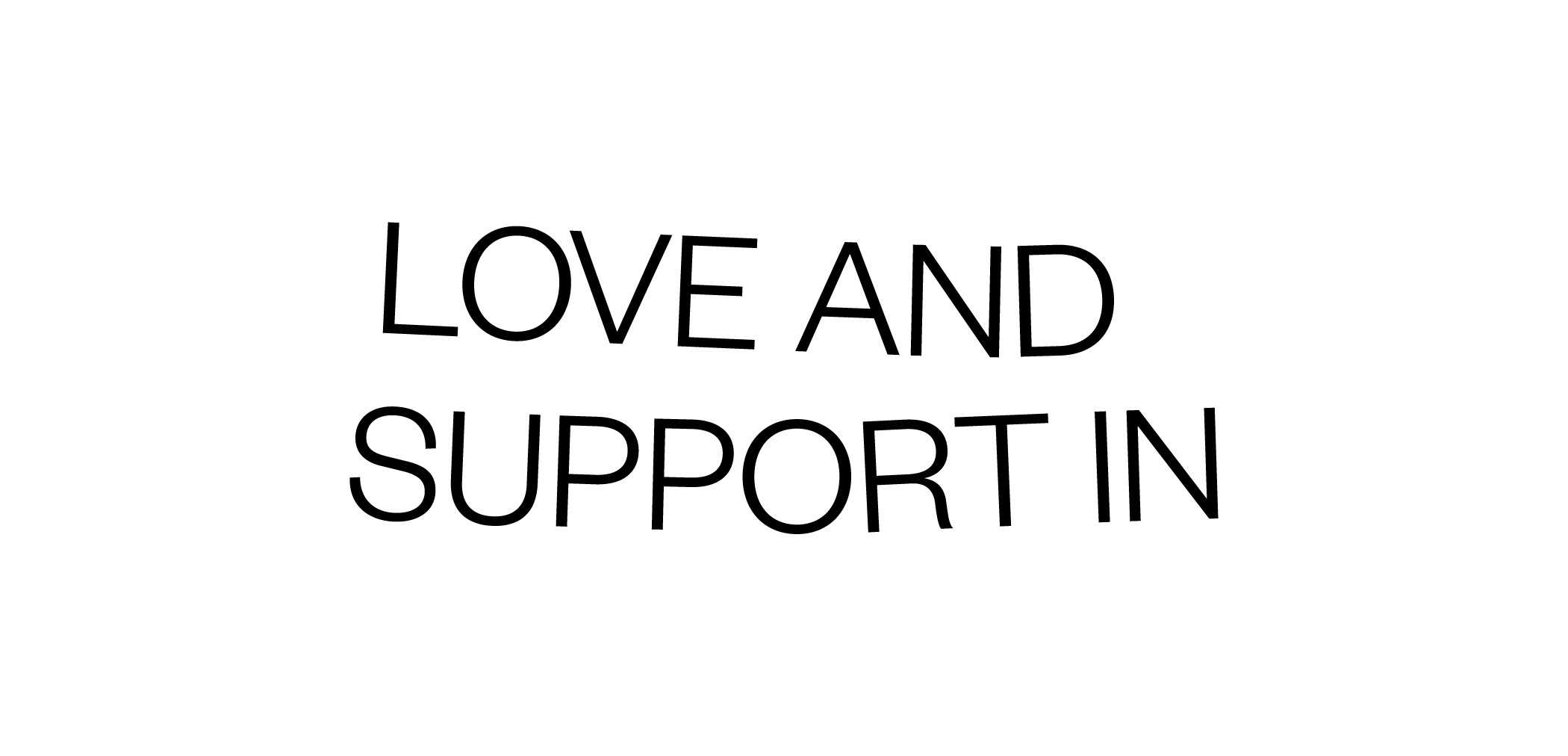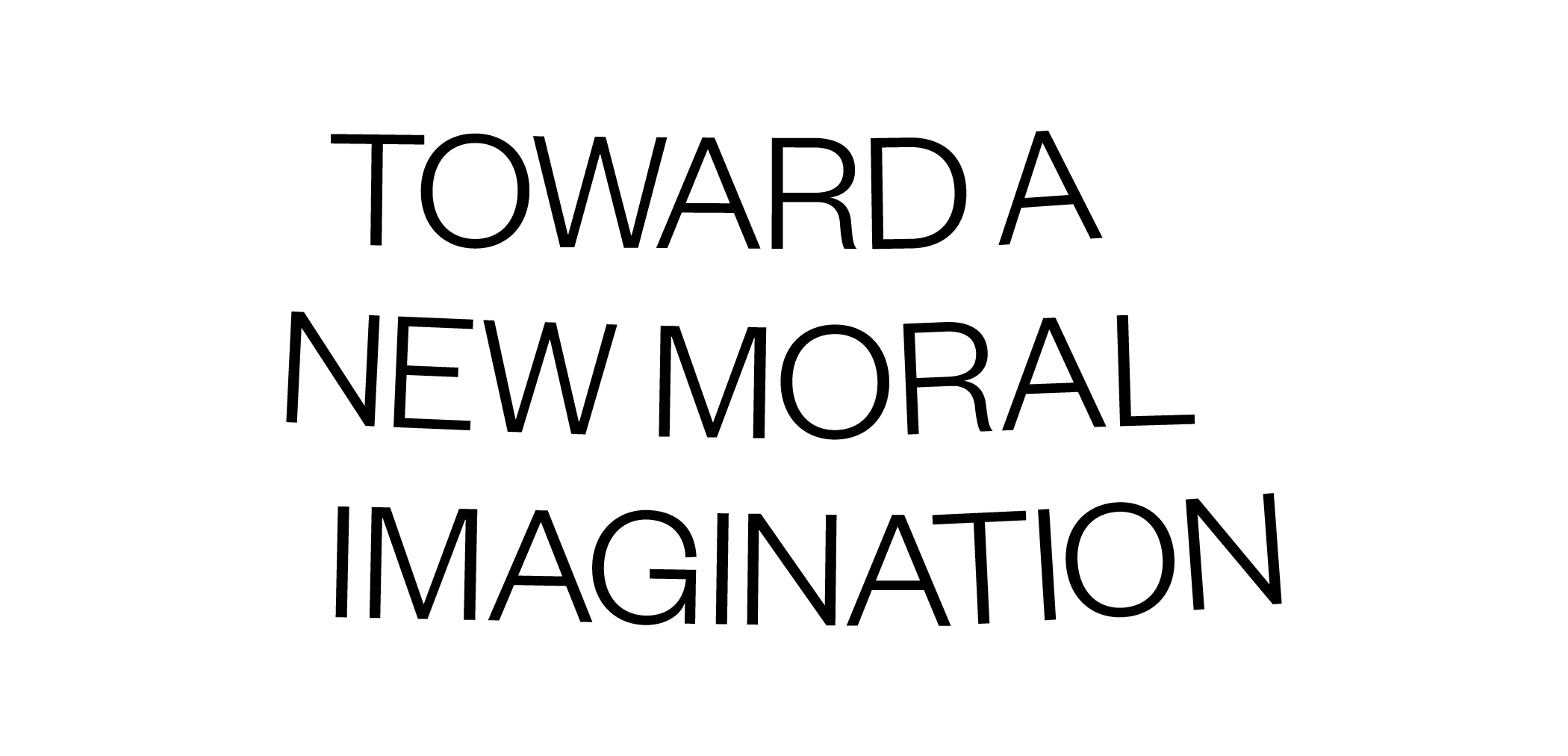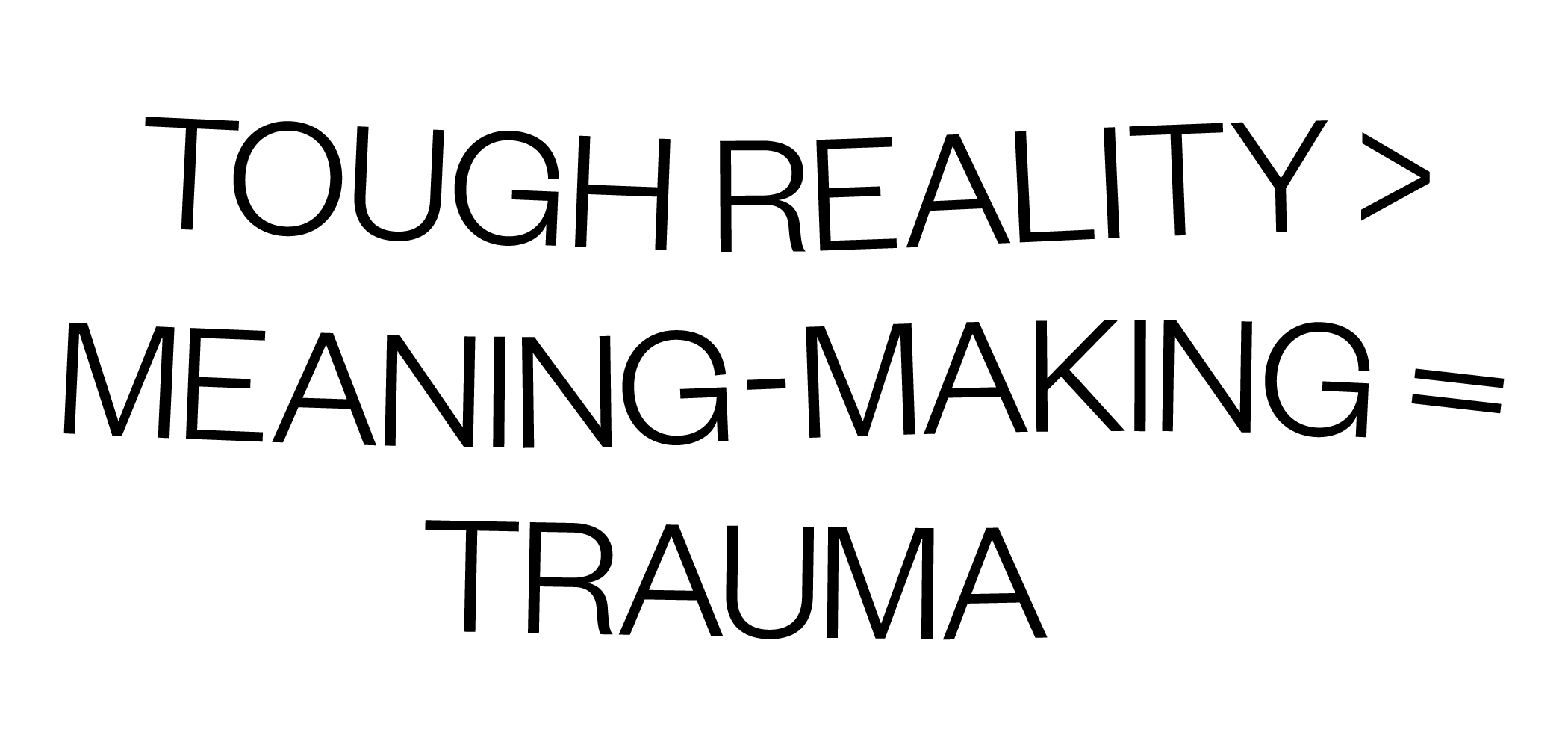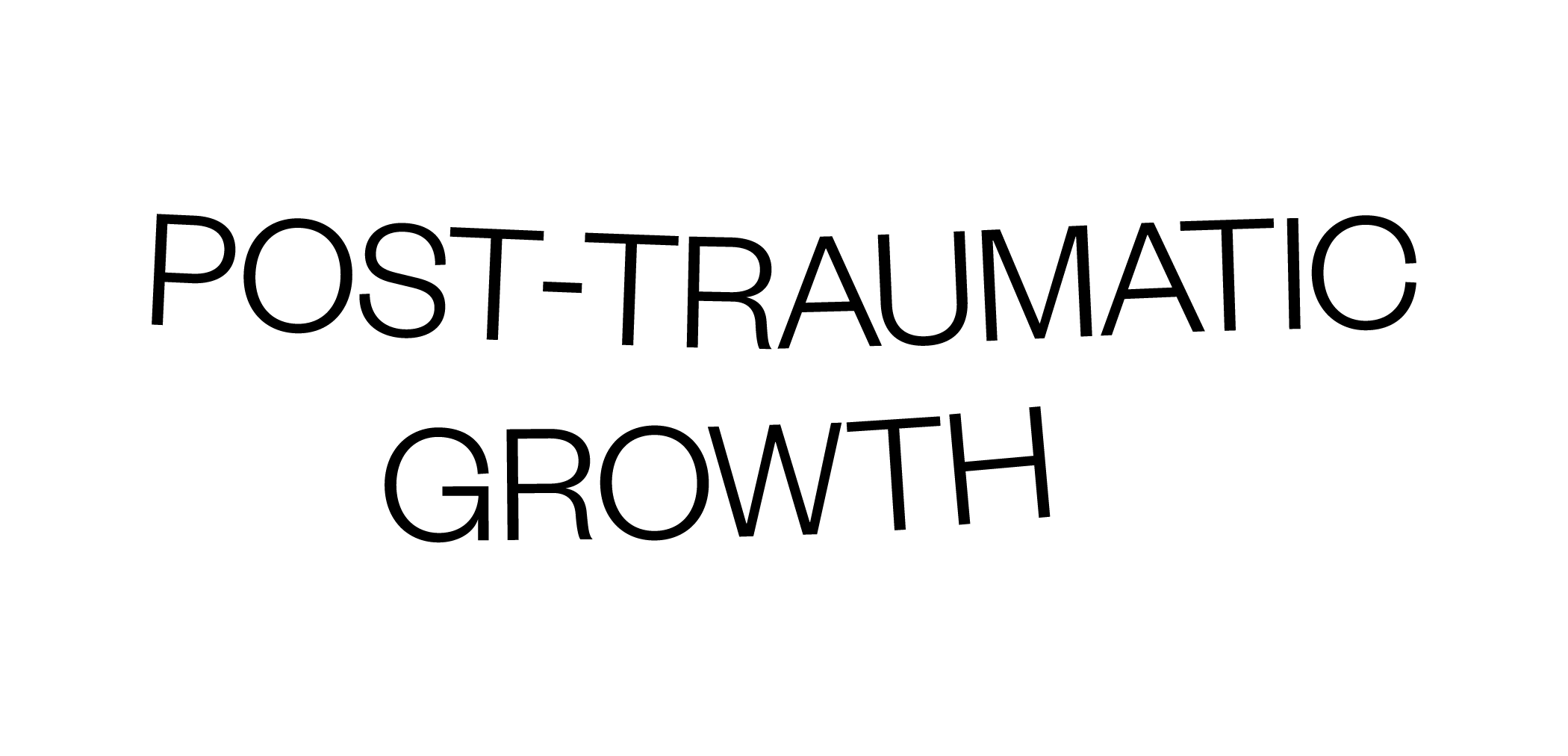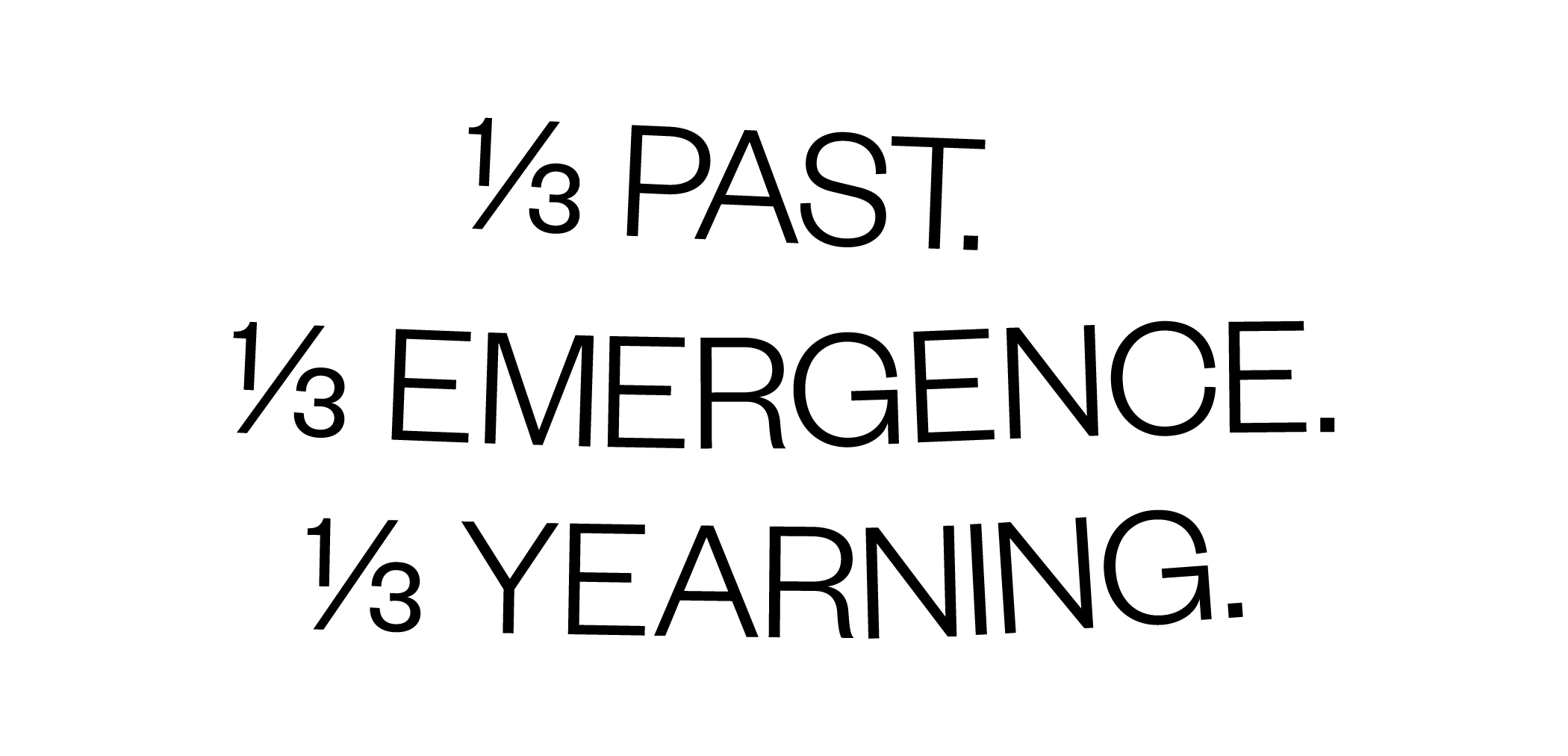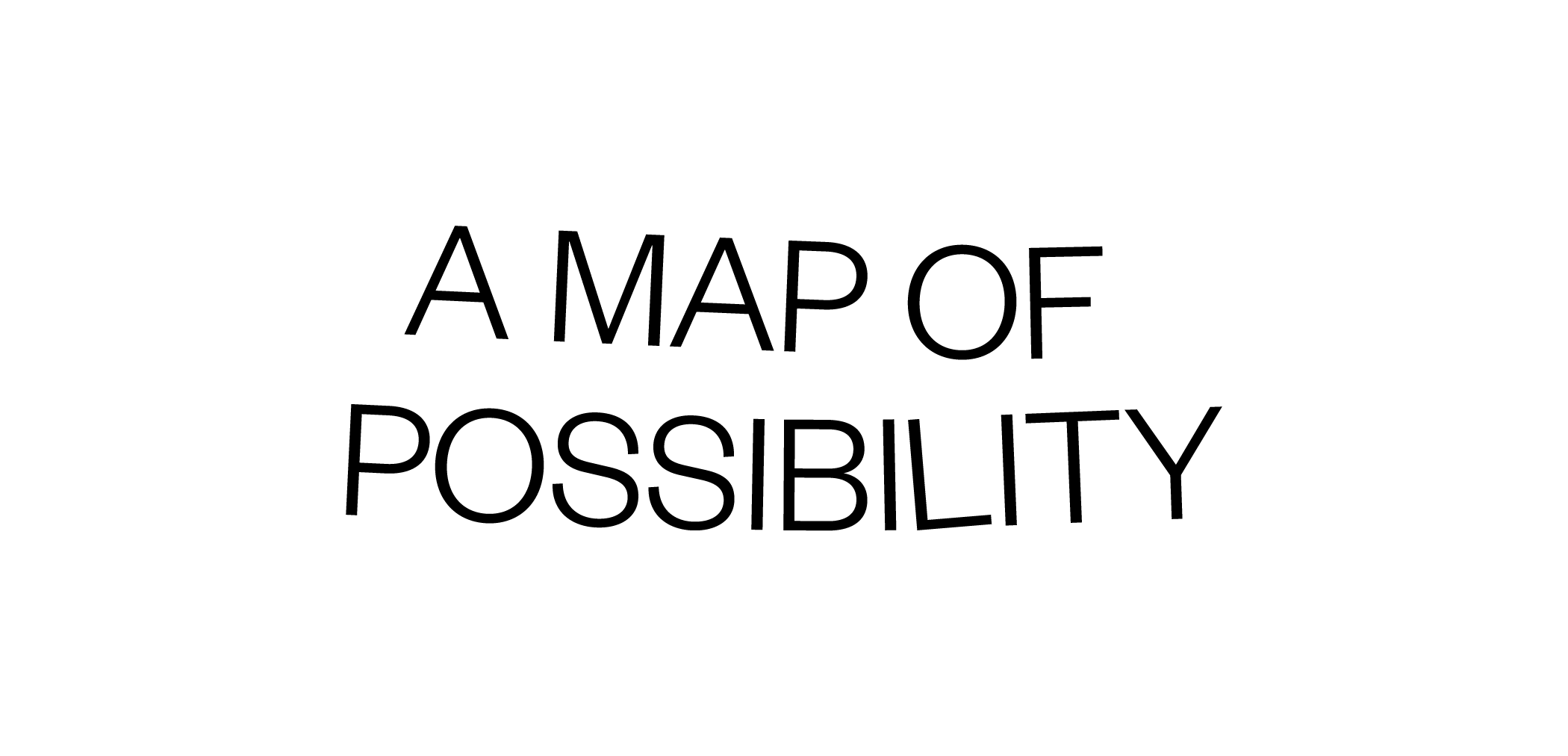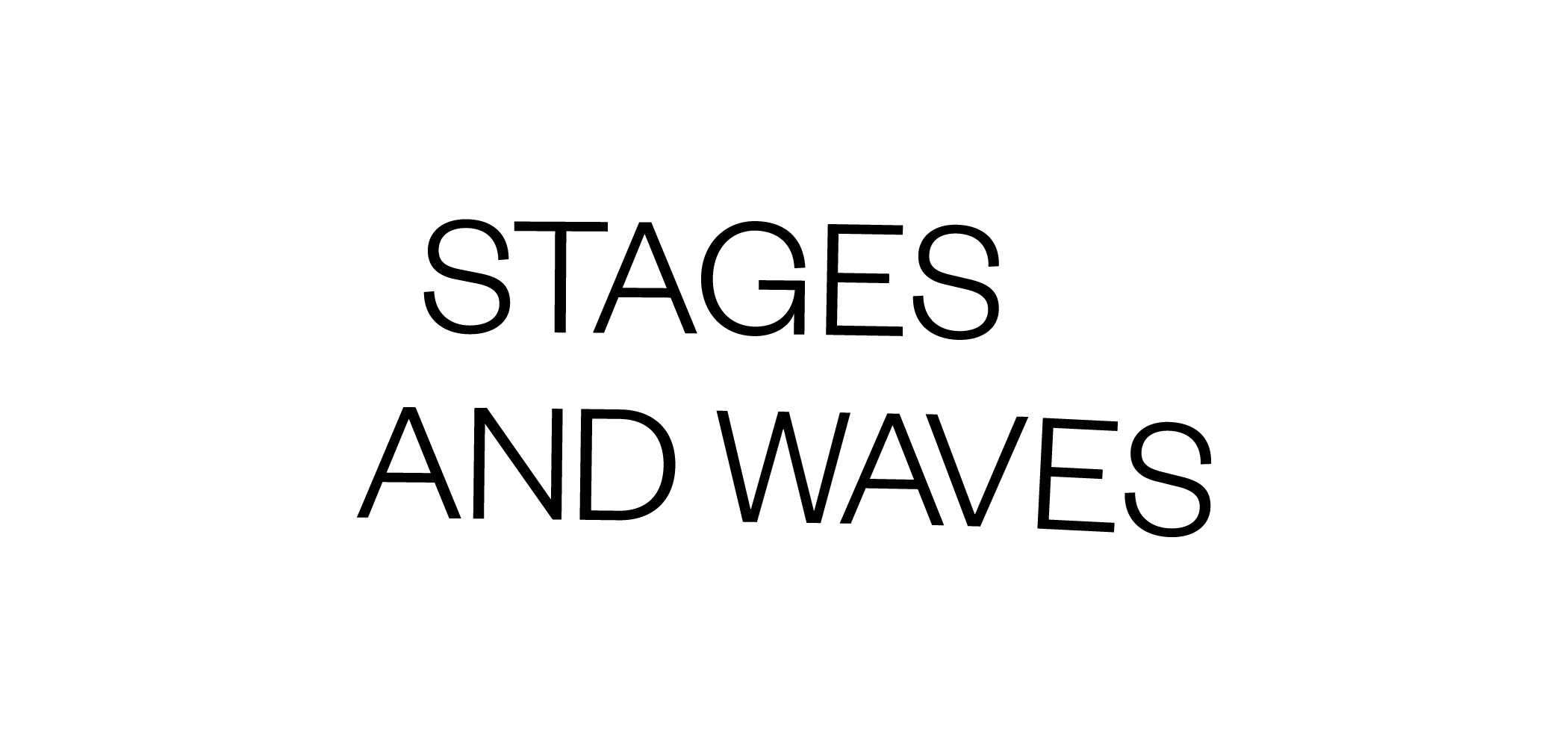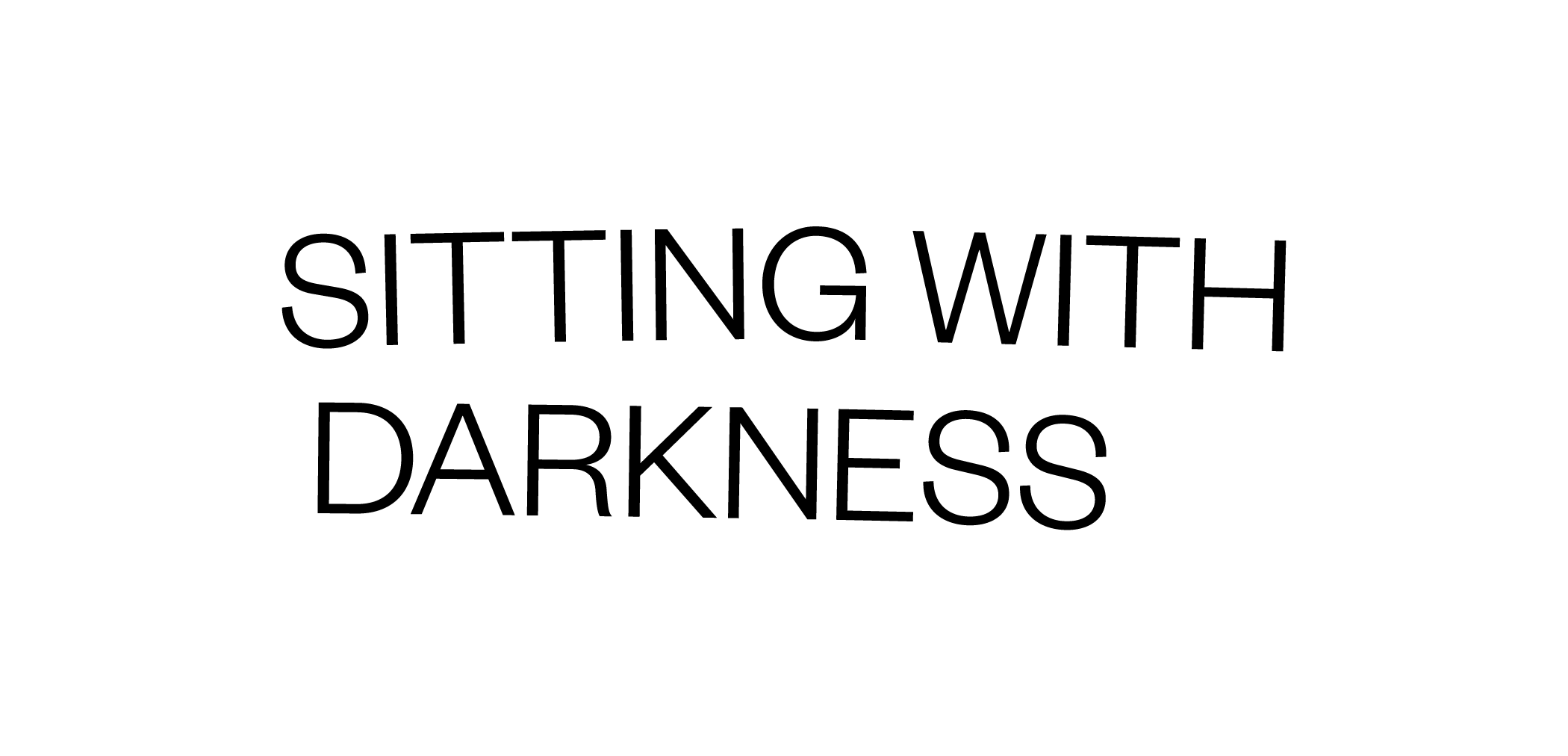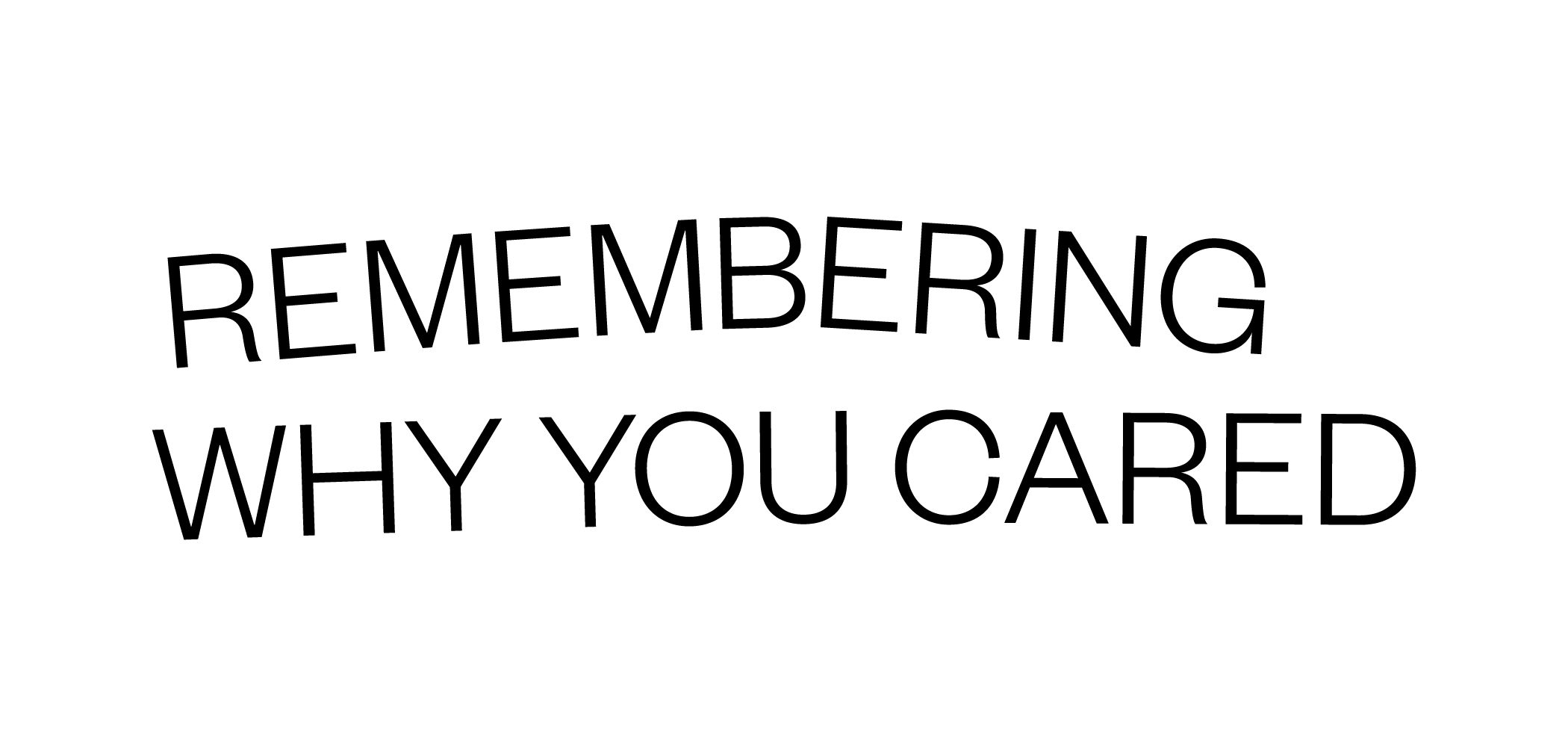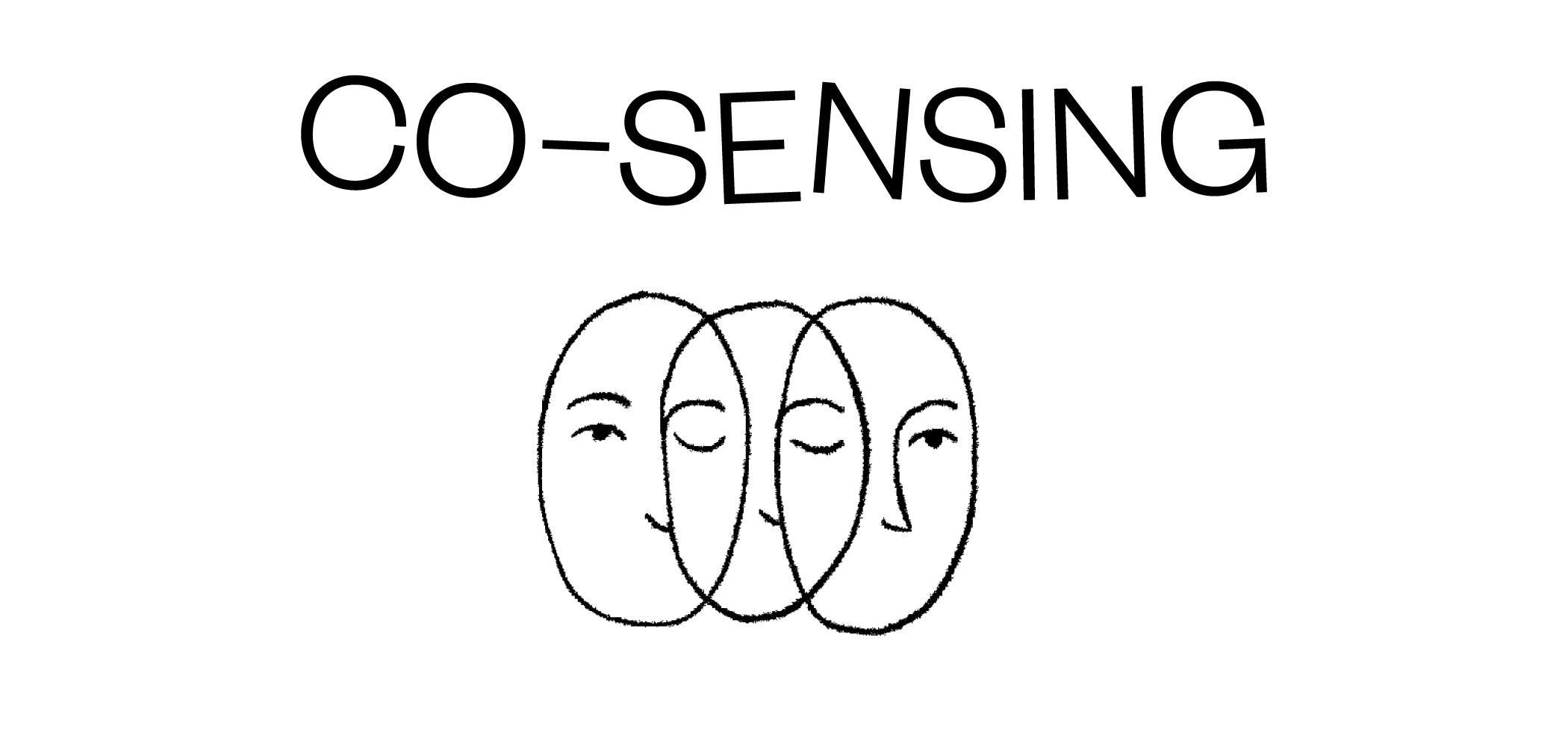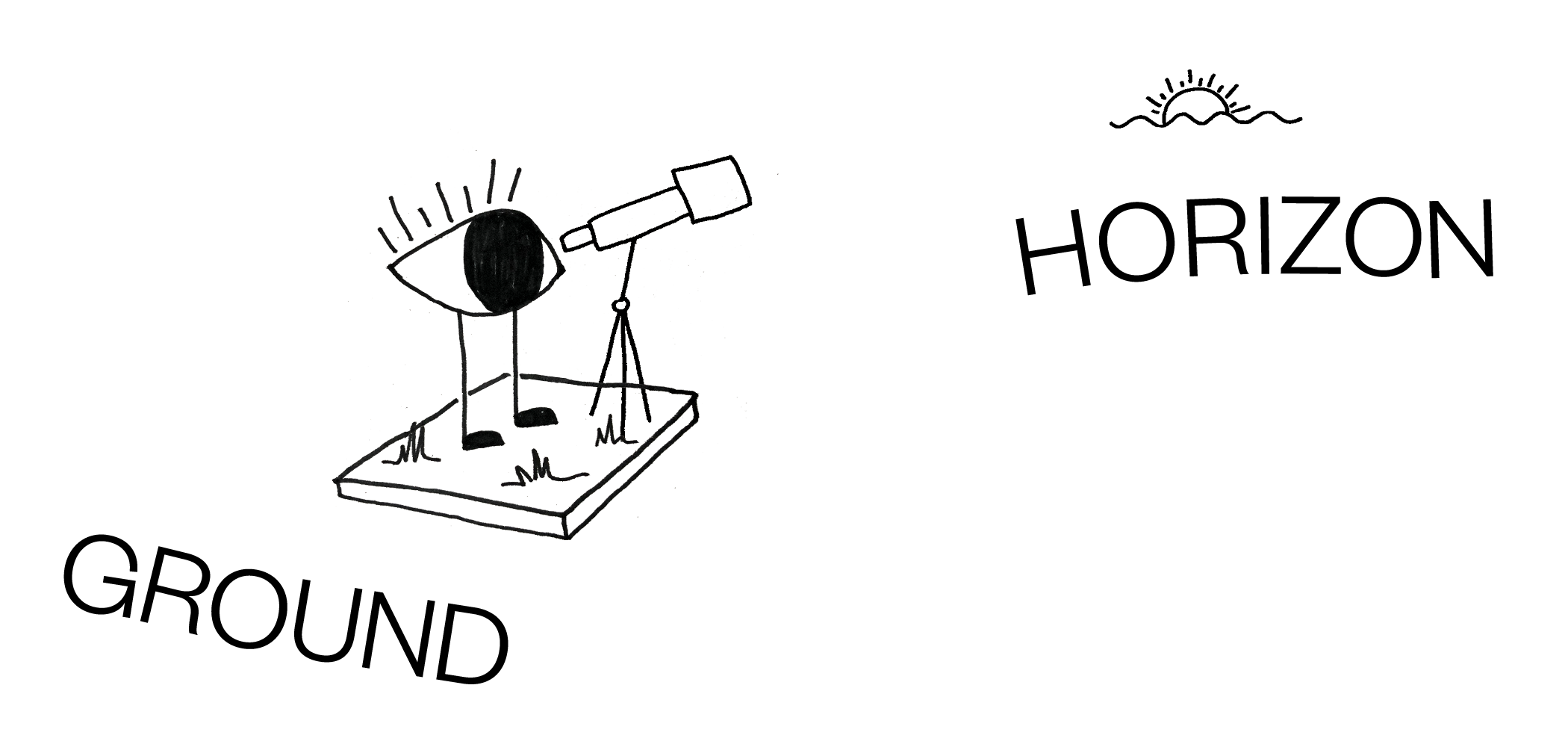A PATH WHERE THERE IS NO PATH
Key Ideas
In brief:
The ideas from Session 5
The world is swept in grief. From Covid-19. From the second dagger: Unemployment. From the loss of life to this virus. From the cracks and fissures that have been blown wide open in the wake of the virus. And then the violent killings of Black citizen—that expose fully the centuries-long racism of many of the United States’ systems and institutions. This session meets us each where we are, to listen deeply to Black voices, and to begin to summon the moral imagination to build new systems.
Comments and ideas? Email us.
Ring Model = Engaging With
Love and Support
How do we begin?
The quality of our conversations—and the moral imagination that comes from them—will determine whether we can, in this moment, create a path where there seemingly is no path. A path that provides love and support to those at the center of the trauma. A path that fosters authentic listening. A path that creates the willingness and openness to be changed by the listening so that a deeper sense of accountability for change emerges from the conversations. The Ring Model be an instructive guide.
“Tackling racism requires a new level of co-sensing from us all. The point of co-sensing is not to project your own point of view, or what you are feeling, but rather to curiously seek to broaden your perspective, and to change based on what you hear, how you see the world, and your role in it,” explains Deb Bubb, Chief Leadership, Learning and Inclusion Officer at IBM. Co-sensing acknowledges the validity and reality of other’s perspectives and by doing so, creates a bigger, more informed container for your own thinking.”
Deb Bubb on using the beautiful question to enable deeper listening in conversation on race—and on how to stay attentive in conversations.
Fruitful ways to use what we learn from our conversations: Changing our container, identifying action, educating, and creating a system of support.
Learn other ways to change your container from Resmaa Menakem. “Put yourself in situations. If you’re a white person, go someplace where there are gonna be a lot of Black bodies, and just feel what happens in your body. And go back again.”
Using what we learn from conversations as fodder for systemic change.
Go deeper when…
…I’m afraid to start.
That’s okay. Get quiet first.
Take a sound bath with Sara Auster, a master meditation teacher
and the leading voice in Sound Bath experiences,
and member of This Human Moment’s community.
Comments and ideas? Email us.
…I started new conversations. And they are working.
You tried out some of the rituals above to increase your ability to listen, reflect and change.
Here are other ways to make even more change.
Comments and ideas? Email us.
…I did these rituals. And, frankly, it went sideways.
The thing about renewal in difficult times is that we’ll make mistakes. But don’t let that be what stops you. It’s too important to quit.
Comments and ideas? Email us.
…I did it. And it was a #@!?-show.
Listen to this podcast, “Talking About Whiteness.”
And, if you were moved by Denis Young Smith’s beautiful rendition of Fix Me Jesus, you might take in Alvin Ailey Dance Company’s performance of the same piece.
Comments and ideas? Email us.

